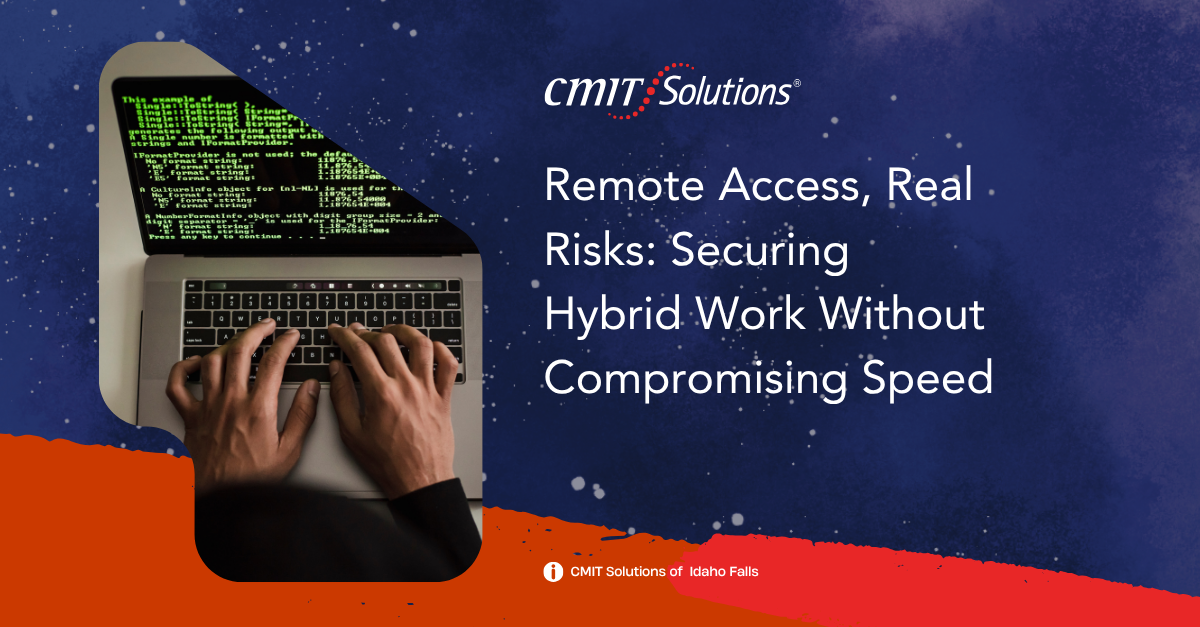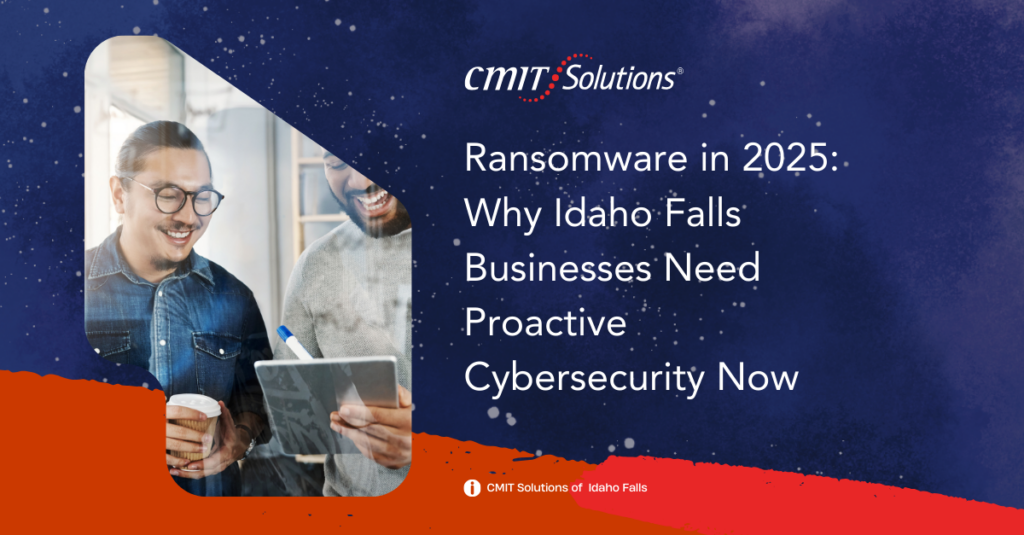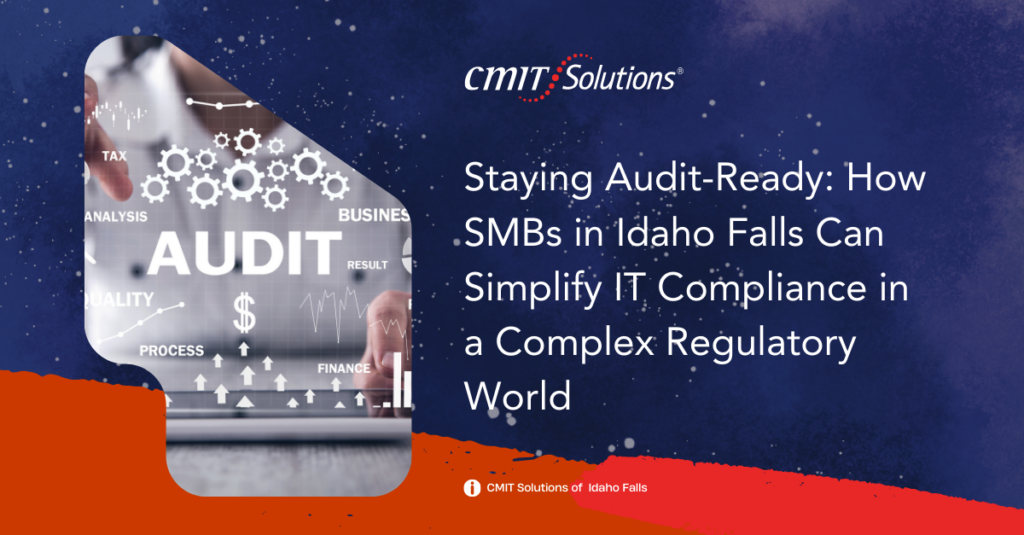The modern workplace is no longer tied to one location. With the rise of hybrid and remote work models, employees now demand flexibility without sacrificing productivity. But while remote access has unlocked convenience and collaboration, it also introduces serious cybersecurity risks that can’t be ignored.
In this blog, we’ll explore how small and midsize businesses (SMBs) can enable secure, fast remote access—without leaving themselves vulnerable to costly breaches, downtime, or compliance failures.
The Convenience-Cybersecurity Tradeoff
Remote work tools make it easier than ever to access systems, share files, and join meetings from anywhere. But this convenience often comes at the cost of security. Common issues include:
- Unsecured Wi-Fi networks
- Personal device usage (BYOD)
- Weak or reused passwords
- Poor VPN or remote desktop configurations
- Lack of multi-factor authentication (MFA)
Attackers exploit these weaknesses to intercept data, deploy ransomware, or impersonate employees. That’s why SMBs must adopt a secure-by-design approach to remote access.
The Growing Threat Landscape
Cybercriminals increasingly target remote workers as entry points into business networks. According to the FBI, attacks involving remote access tools and remote desktop protocols (RDP) have risen dramatically since 2020.
In their 2025 ransomware threat assessment, CMIT Solutions highlights how hybrid work models introduce blind spots that hackers love to exploit.
Secure Remote Access Essentials
To defend against these risks, SMBs must implement a multi-layered strategy that includes:
- Encrypted VPN or zero-trust network access
- Multi-factor authentication across all access points
- Endpoint protection for company and personal devices
- Data loss prevention (DLP) tools
- Regular patching and vulnerability scans
With cybersecurity support from a trusted MSP, these tools can be deployed without slowing down operations.
Cloud Services and Access Control
Cloud adoption has simplified remote work—but only when configured correctly. Misconfigured permissions, lack of encryption, or broad file access can expose sensitive business data.
This is why secure cloud services are essential. Managed cloud platforms offer visibility into who accesses what, when, and from where—while restricting unauthorized access.
Explore this cloud strategy guide for 2025: Is Your Cloud Strategy Ready?
Endpoint Management for a Dispersed Workforce
With employees working from multiple devices and locations, endpoint management becomes critical. SMBs must be able to monitor, secure, and control every laptop, tablet, or smartphone that touches company data.
Using solutions like mobile device management (MDM) and remote monitoring tools, MSPs help businesses enforce security standards no matter where employees log in.
Pair this with proactive IT support for maximum uptime and minimal disruption.
Unified Communication Security
Communication platforms like Microsoft Teams, Slack, and Zoom are essential—but they also pose risks if not properly secured. Threats include:
- Meeting hijacking
- File-sharing vulnerabilities
- Insecure integrations
A well-configured unified communications system offers encryption, admin controls, and centralized visibility to keep collaboration tools safe.
This guide to secure business communication explains best practices.
Data Backup: Your Remote Insurance Policy
Remote work increases the risk of accidental deletions, device loss, and ransomware encryption. Regular, secure backups are critical.
With data backup and recovery services, businesses can restore files, systems, or full environments quickly—keeping remote teams productive even after incidents.
Learn more about AI-driven continuity planning.
Compliance in the Remote Era
Remote access doesn’t absolve companies from meeting compliance requirements. HIPAA, PCI-DSS, and other regulations still apply—even if employees are working from home.
With compliance support from an MSP, businesses can enforce secure data handling and access policies regardless of location.
For more guidance, review this compliance checklist.
Strategic IT Planning for Remote Environments
Hybrid work isn’t a trend—it’s a long-term shift. Businesses need IT infrastructure that supports growth, security, and flexibility.
Strategic IT guidance helps companies:
- Align remote access tools with business goals
- Forecast bandwidth and software needs
- Create continuity plans that scale
This article on IT strategy explores how SMBs can future-proof operations.
Final Thoughts: Speed and Security Can Coexist
Remote work doesn’t have to be risky—or slow. With the right mix of cybersecurity tools, cloud controls, and proactive planning, SMBs can enable fast, secure access for every employee.
Partner with CMIT Solutions of Idaho Falls to safeguard your remote infrastructure, protect sensitive data, and keep your hybrid workforce operating at full speed.
Contact us today to build your secure remote access strategy.






